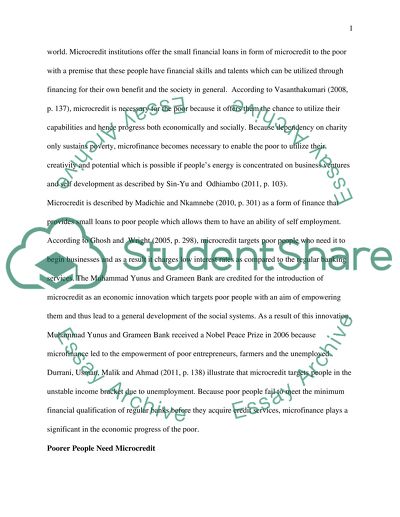Cite this document
(“Microcredit Term Paper Example | Topics and Well Written Essays - 2250 words”, n.d.)
Retrieved de https://studentshare.org/macro-microeconomics/1441501-microcredit
Retrieved de https://studentshare.org/macro-microeconomics/1441501-microcredit
(Microcredit Term Paper Example | Topics and Well Written Essays - 2250 Words)
https://studentshare.org/macro-microeconomics/1441501-microcredit.
https://studentshare.org/macro-microeconomics/1441501-microcredit.
“Microcredit Term Paper Example | Topics and Well Written Essays - 2250 Words”, n.d. https://studentshare.org/macro-microeconomics/1441501-microcredit.


